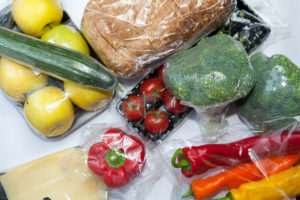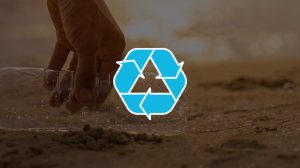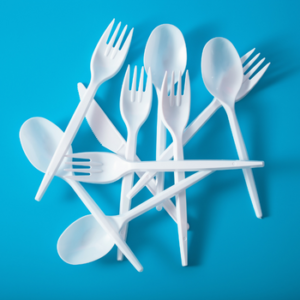Think all your plastic is being recycled? New research shows it can end up in the ocean
We all know it’s wrong to toss your rubbish into the ocean or another natural place. But it might surprise you to learn some plastic waste ends up in the environment, even when we thought it was being recycled.
Our study, published today, investigated how the global plastic waste trade contributes to marine pollution.
We found plastic waste most commonly leaks into the environment at the country to which it’s shipped. Plastics which are of low value to recyclers, such as lids and polystyrene foam containers, are most likely to end up polluting the environment.
The export of unsorted plastic waste from Australia is being phased out – and this will help address the problem. But there’s a long way to go before our plastic is recycled in a way that does not harm nature.
Know your plastics
Plastic waste collected for recycling is often sold for reprocessing in Asia. There, the plastics are sorted, washed, chopped, melted and turned into flakes or pellets. These can be sold to manufacturers to create new products.
The global recycled plastics market is dominated by two major plastic types:
-
polyethylene terephthalate (PET), which in 2017 comprised 55% of the recyclable plastics market. It’s used in beverage bottles and takeaway food containers and features a “1” on the packaging
-
high-density polyethylene (HDPE), which comprises about 33% of the recyclable plastics market. HDPE is used to create pipes and packaging such as milk and shampoo bottles, and is identified by a “2”.
The next two most commonly traded types of plastics, each with 4% of the market, are:
-
polypropylene or “5”, used in containers for yoghurt and spreads
-
low-density polyethylene known as “4”, used in clear plastic films on packaging.
The remaining plastic types comprise polyvinyl chloride (3), polystyrene (6), other mixed plastics (7), unmarked plastics and “composites”. Composite plastic packaging is made from several materials not easily separated, such as long-life milk containers with layers of foil, plastic and paper.
This final group of plastics is not generally sought after as a raw material in manufacturing, so has little value to recyclers.



